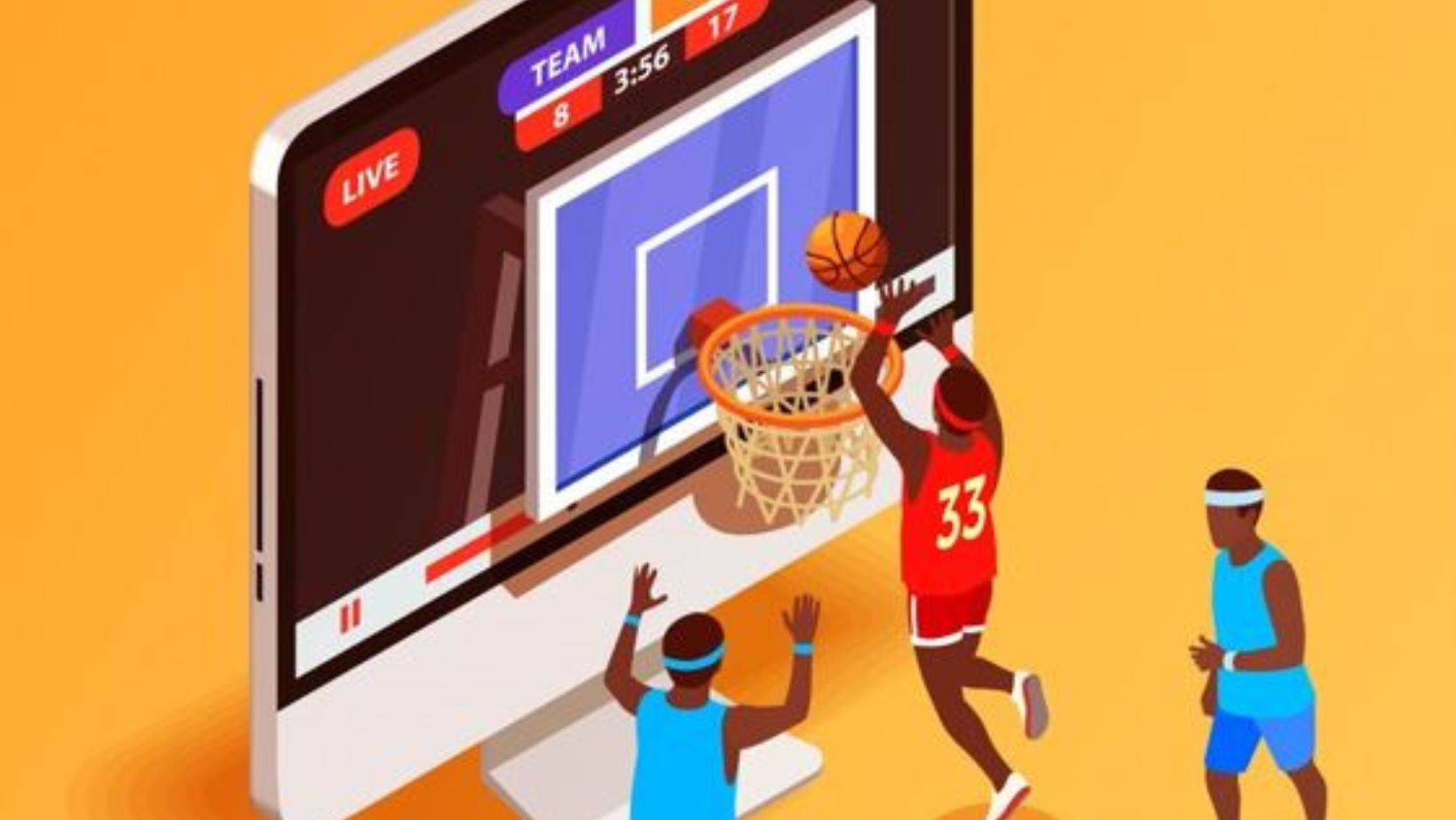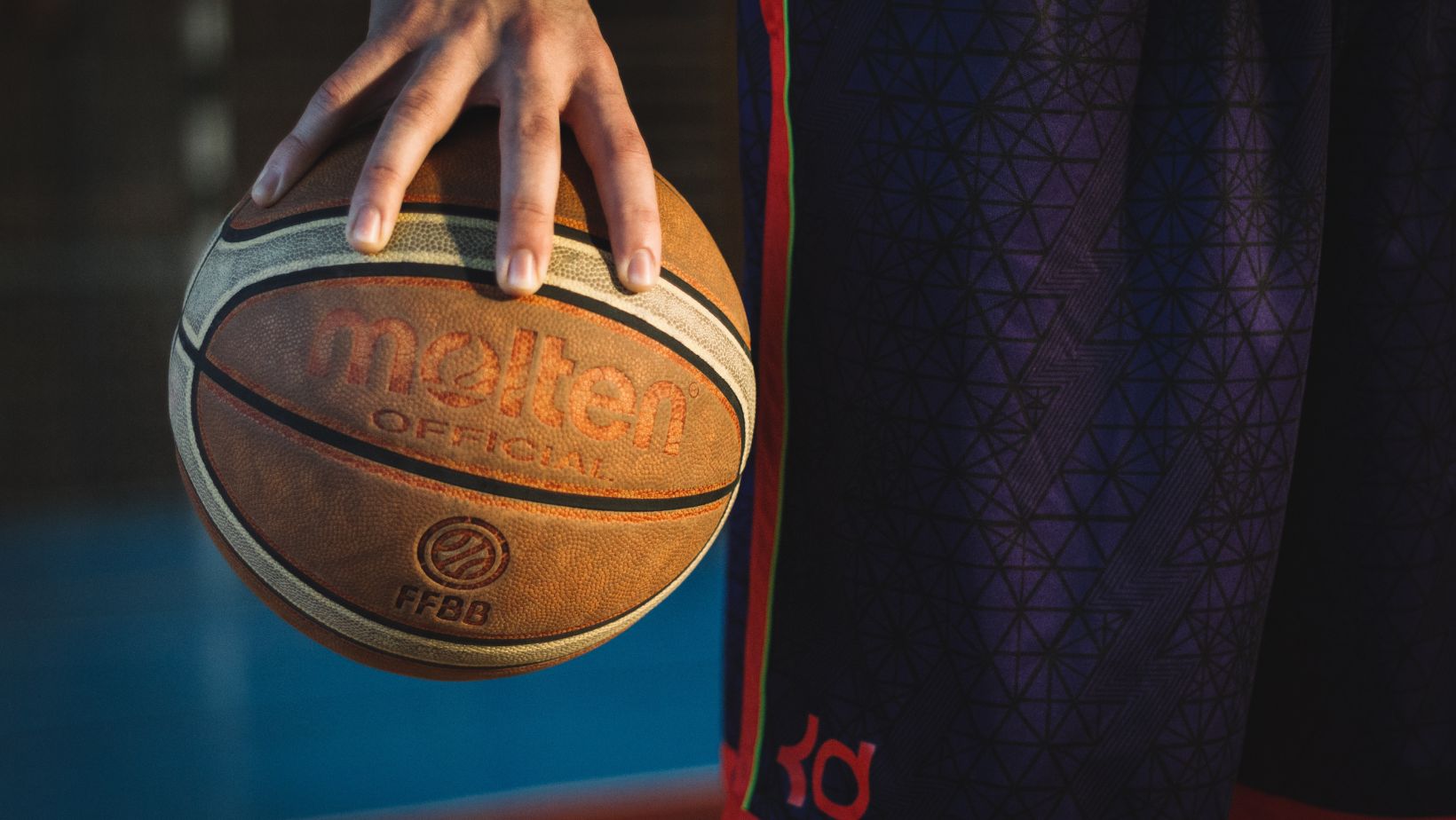
NBA betting lines often gradually shift before and during games. For fans and bettors, this can mean more than meets the eye. This article breaks down the factors that influence these movements, giving you a clearer understanding of how and why NBA betting lines move.
What Are NBA Betting Lines?
Before discussing what makes betting lines move, let’s understand what these lines are. At their core, NBA betting lines are numbers set by sportsbooks to level out the playing field between bettors. These lines represent the odds or point spread for a particular game, offering a snapshot of how the bookmakers expect the game to play out.
For example:
- Moneyline betting: Predicting which team will win the game,
- Spread betting: Betting on whether a team will win by a certain number of points (or lose within a set margin),
- Totals (Over/Under): Wagering on whether both teams will combine to score over or under a set point total.
Sportsbooks use algorithms, past performance, player stats, and even public sentiment to arrive at these initial lines. But the story doesn’t end there. Betting lines are fluid, and many factors can cause them to shift.
Why Does Understanding Betting Line Movement Matter?
Betting line movements are more than just numbers fluctuating. They can often tell you where the “sharp” money (from experienced, professional bettors) is going or where the general public is betting. Recognizing these changes can help you:
- Identify value bets,
- Avoid following false trends influenced purely by public perception,
- Understand the reasoning behind specific sportsbook odds.
What Causes Betting Lines to Shift?
Sharp Bettors (Or Sharp Money)
Sharp bettors, also known as “sharps,” are professional gamblers with an exceptional track record of making accurate betting predictions. They analyze data and spot inefficiencies in various sportsbooks’ odds. When sharps start placing big wagers, sportsbooks adjust the betting lines to protect themselves.
How It Impacts Line Movement
If Sharps sees that an NBA game’s point spread is off, they’ll bet heavily on the side that offers the most value. For instance, suppose a sportsbook sets the Los Angeles Lakers as a -5.5 favorite against the Cleveland Cavaliers, but sharps believe the gap should be much smaller. A flood of sharp money on Cleveland might push the odds to -4.5 or even lower.
Pro Tip:
When you notice a line move shortly after opening, it’s often a sign of sharp money driving the action. Keep an eye on these early shifts to make informed betting decisions.
Public Perception and Popular Teams
The influence of the betting public (also called “square money”) is another significant factor. Bettors who wager for entertainment often favor big-name teams, star players, or recent narratives.
Example:
When the Golden State Warriors dominated the NBA, public money frequently poured in on their side, regardless of the odds. If public bettors heavily favor the Warriors, sportsbooks might inflate the line (e.g., from -6.5 to -8.5) to balance wagers on both sides of the line.
How To Spot It
Look for games where lines are heavily skewed toward a crowd-favorite team. These are often driven by emotional bets rather than significant analytical insights.
Watch Out For:
When NBA betting news highlights injuries, drama, or media hype surrounding a big matchup, expect public perception to impact betting lines.
Player Injuries and Breaking News
Few things shake up betting lines like unexpected injury reports or breaking news. The absence of a star player will almost always cause sportsbooks to adjust the odds.
Example Scenarios That Affect Lines:
- An injury to a key player (e.g., Giannis Antetokounmpo being ruled out),
- Midday lineup changes or trades,
- COVID-19 protocols sidelining multiple players.
How It Works
If sportsbooks set the Miami Heat as -7.5 favorites, and Jimmy Butler is ruled out two hours before the game, sharps and public bettors alike will bet heavily on the opposing side. Sportsbooks will then shift the line to balance the money wagered on both teams.
Team Schedule
Travel schedules and back-to-back games can impact player performance and betting lines.
Example:
If a team is wrapping up a five-game road trip, fatigue might lead to weaker performance. Sportsbooks factor this in, but fresh money from sharp bettors noticing the scheduling imbalance may shift the lines further.
Understanding Fatigue Trends
Keep an eye on teams playing consecutive games, especially if they’ve traveled between time zones. These factors matter more when you’re looking at lines like totals (Over/Under).
Market Competition
Finally, market competition among sportsbooks significantly impacts NBA betting line movements. Different sportsbooks release their initial odds based on unique algorithms. Over time, adjustments are made in response to their competitors.
Why This Matters for Bettors:
You can identify discrepancies and find better value by comparing odds by FanDuel and other major sportsbooks. For example, if one sportsbook keeps the Lakers at -6.5 while FanDuel adjusts to -5.5, placing a bet on FanDuel’s line could potentially result in a higher payout.
Making Sense of Betting Line Movement
NBA betting lines move because sportsbooks aim to balance their risk while maximizing profits. Sharp bettors, public perception, breaking news, and even sportsbook competition all shape the numbers you see before placing a bet.
Understanding these movements can give you the edge, whether you’re chasing a sharp angle or reacting fast to insider-worthy news. Trust your research, stay disciplined, and never underestimate the impact of timely NBA betting predictions. While luck plays a part, informed decisions rooted in logic and analysis will always get you closer to a win.








